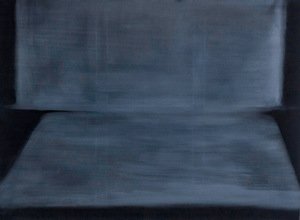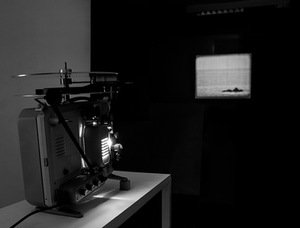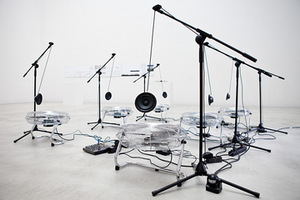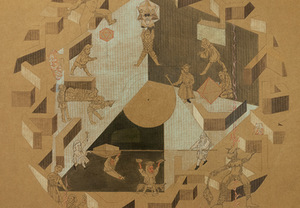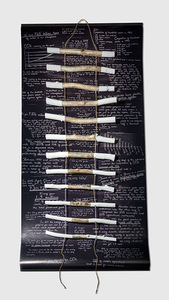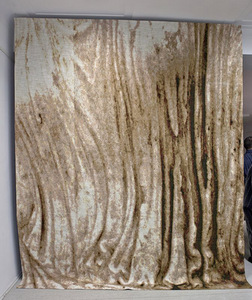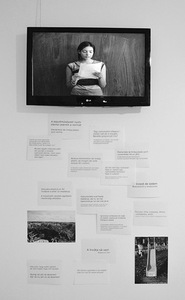The fantasy of the future 5
In brief: Since many works featured at the exhibition Notes of Tomorrow show the situations of consciously shaped looking but not seeing and not noticing (or seeing obscure forms) a relevant question comes up - did something that is portrayed as a strange vision exist at all? Can its (non) existence ever be repeated?
It is not the first year that continuous international art and culture creators’ urban network CreArt exhibitions, organized by Artkomas and foreign partners, are taking place in Kaunas. It should be mentioned that works of the internationally-known artists can be seen in several galleries Meno forma (Savanorių ave. 166, Kaunas) and Ars et Mundus (A. Mapu str. 20, Kaunas) from June 17th, 2016 till August 10th of the same year.
Artists are united by the title of the exhibition that intrigues me the most - Notes on Tomorrow. It makes me think about time and space, about its unknown future that is hard to define as well as its fruition. Exhibition works are the interpretations of unknown, unrecognizable but rather implied place/object/phenomenon. These works are a story about the fictional changes of space-time, the beginning of which is only implicit and a further change only imaginary.
It can be said that the exhibition collection is directed solely toward one goal - to consider and imagine the future space-time; to send a message for the future, even if we see an already realized large wall painting (see Jorge Peligro, Roma Bizarra, 2014, Ispanija).
Artwork is like a note for the future. It is completely personal, its meaning has unfolded subjectively and was possibly distorted. Thus, artwork, repeating the already known narratives turns the tomorrow into the part of personal mythology (see Kovács Kinga Life Cycle, 2016, Romania; Monika Žaltauskaitė-Grašienė Penelope’s Rags, 2013, Lithuania; Stine Bråthen Legends, Processes and Spectacles, 2015, Norway).
It should be noted that art is always engaged in reality stratification. This process takes place even when we are considering its nature or the autonomous existence of the artwork. Several space-times intersect in the artwork. Their causal relationship can be explained by a very simple chain: the space-time of the past (artists imagination, experience and knowledge) - the space-time of the present (the time and space of creative work, during which the artwork is created) - the space-time of artwork's autonomy (when the artwork is "overgrown" with stories, analyses, considerations; when it is "wearing off" in a changing environment after separating from the author) and the space-time of the future (unknown, changing, but also dependent on the aforementioned space-times).








